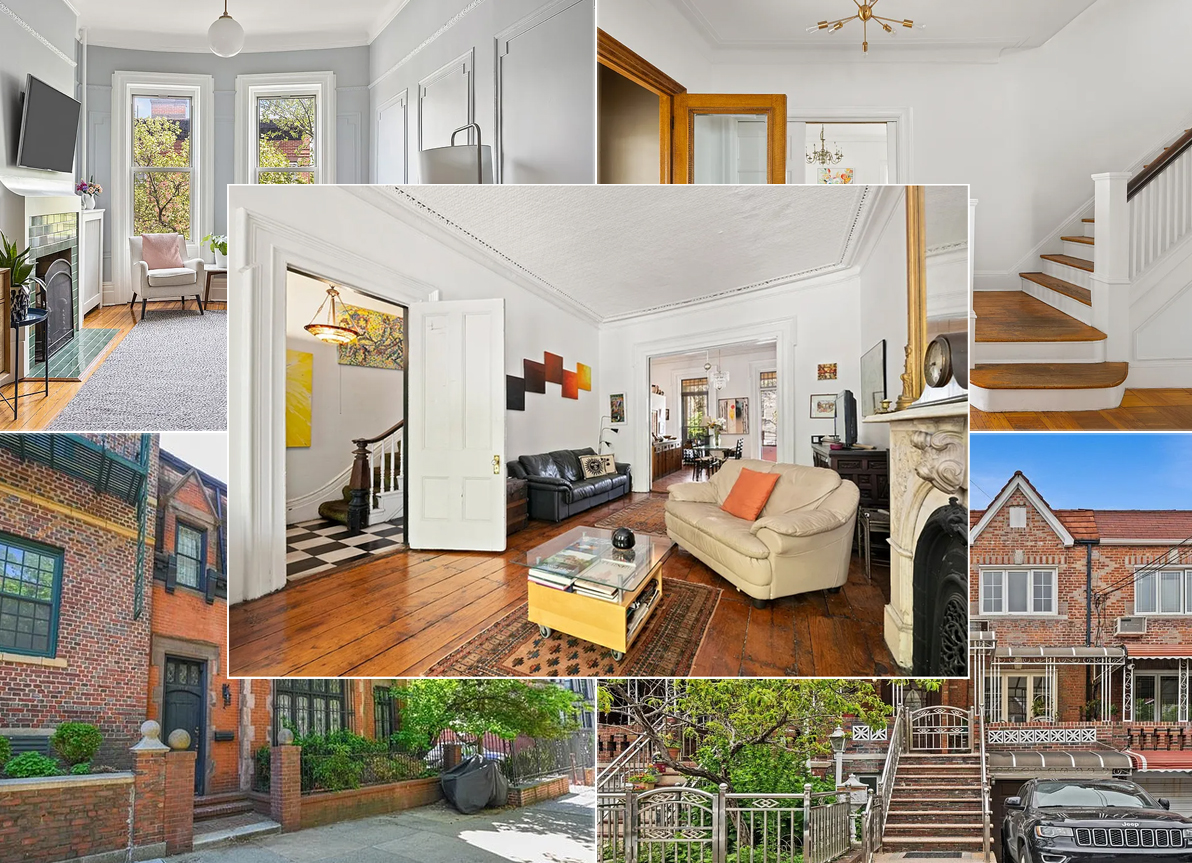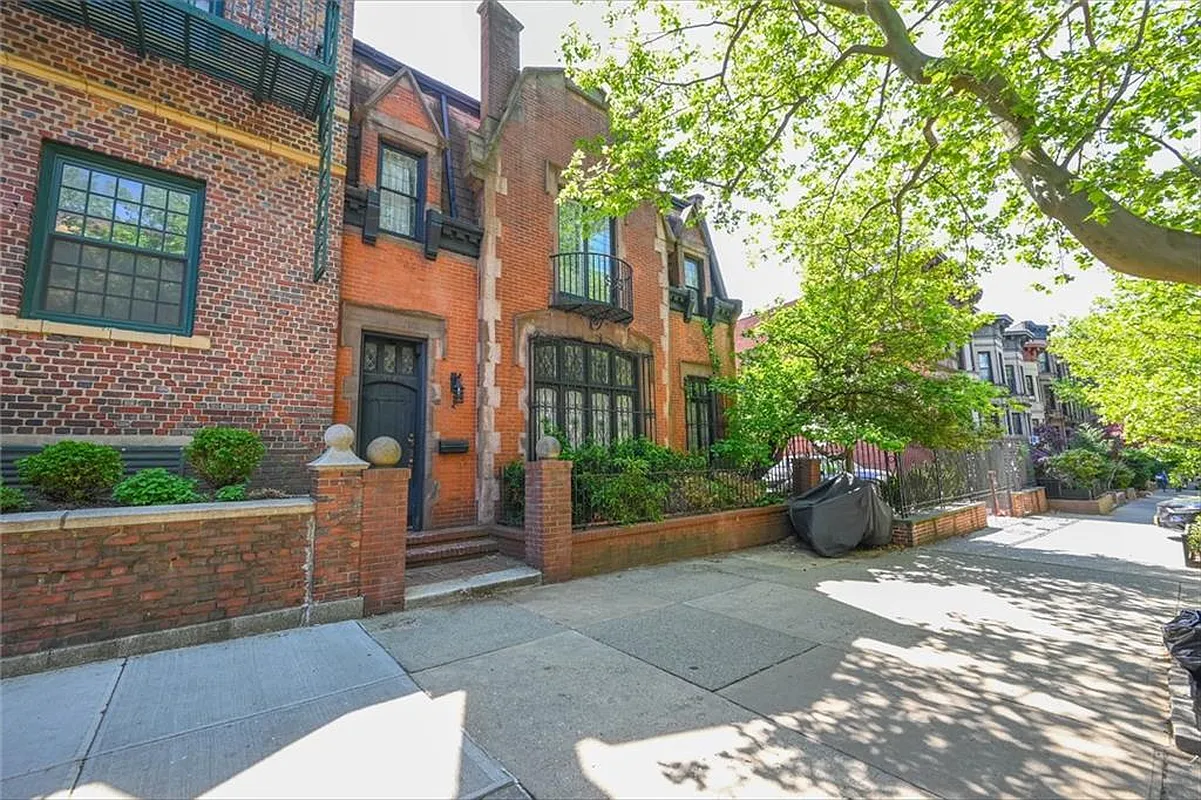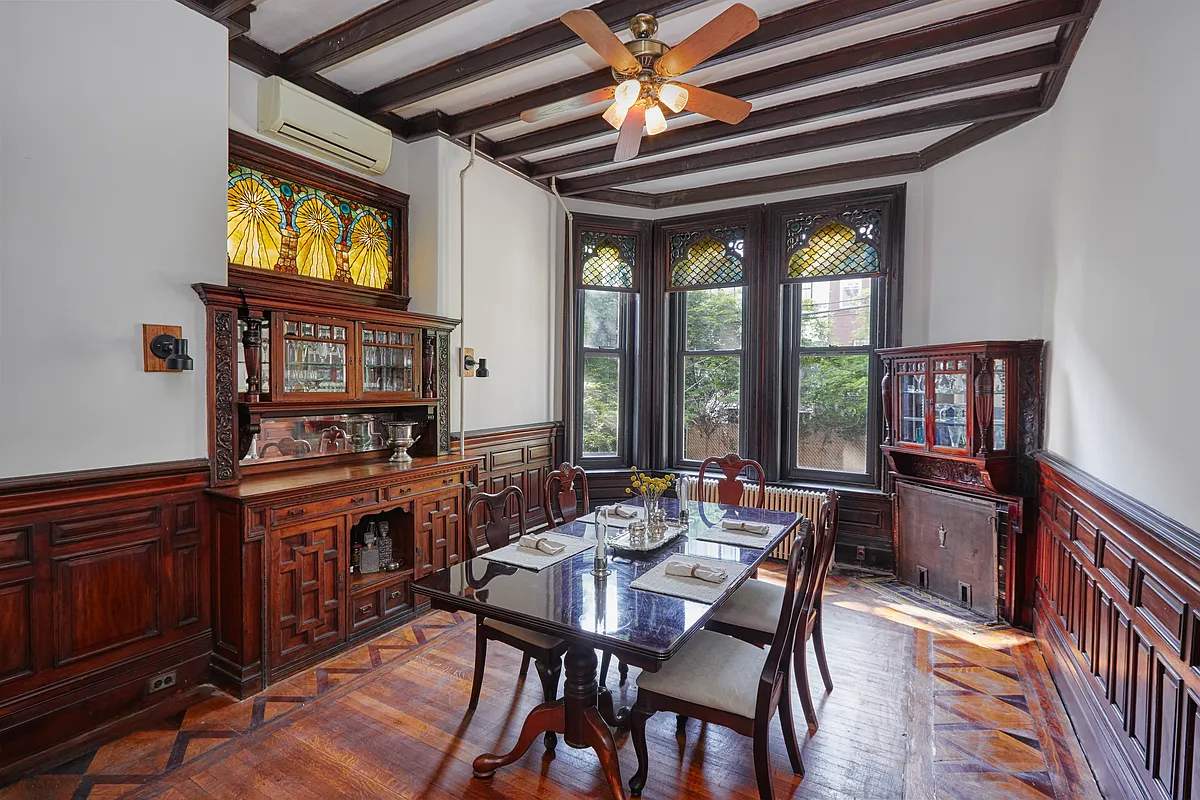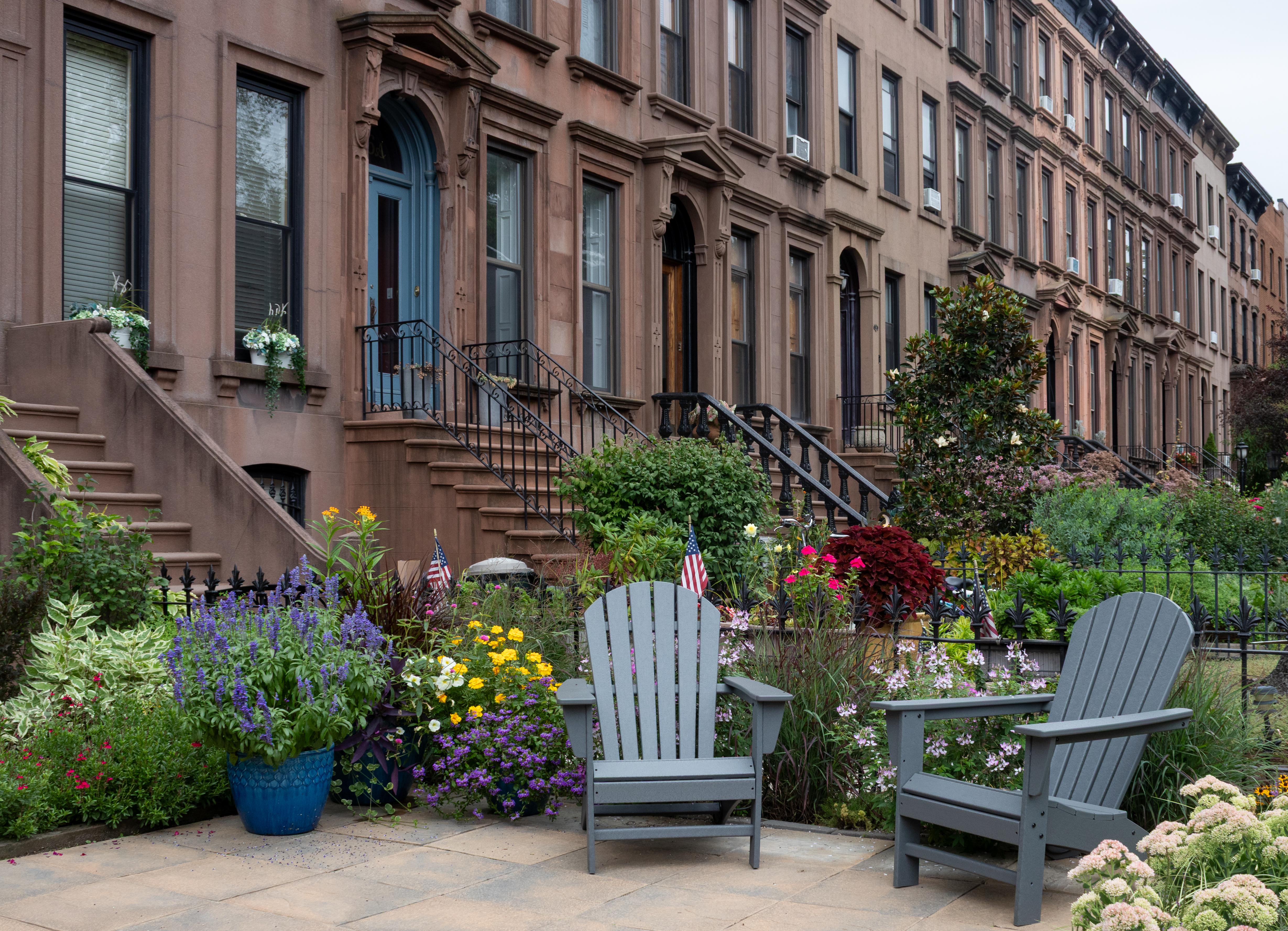Inside Third & Bond: Week 36
The main event at Third & Bond this week is working on buy-outs. As we said last week, we need to get to 75% buy-outs to draw more than an initial $3M from our construction loan. Before we have buy-outs, we need enough bids to know what is a good price and then we need…


The main event at Third & Bond this week is working on buy-outs. As we said last week, we need to get to 75% buy-outs to draw more than an initial $3M from our construction loan. Before we have buy-outs, we need enough bids to know what is a good price and then we need our CM to beat up the subs. Don’t worry, beating up takes place over the phone or in brightly lit conference rooms in which only egos get bruised.
 Our buy-out issue of the week? Windows. Normally, we’d go with a high quality aluminum window. At J Condo, we went for triple-glazed to block the noise of the trains on the Manhattan Bridge. But we’re finding that the aluminum window bids are coming in 25% higher than what we budgeted. How did we under-budget by so much? Well, part of it was the NYSERDA Energy Star requirements and our goal of getting to be at least 20% more energy efficient than the standard, ASHRAE 90.1 2004. We had difficulty finding any aluminum windows that met the Energy Star rating, especially in terms of the thermal break. (Thermal break: Used to lessen or prevent the transfer of heat/cold between two surfaces—e.g., to keep the cold air outside from coming inside by traveling through a piece of metal that has surfaces both outdoors and indoors.) We considered using wood windows and cladding them in aluminum. That way we’d have our thermal break and low maintenance windows. The problem? Very, very expensive. It looked like we were at a dead end with the aluminum and the clad-wood windows so we went out on a limb and searched the Internet for vinyl windows.
Our buy-out issue of the week? Windows. Normally, we’d go with a high quality aluminum window. At J Condo, we went for triple-glazed to block the noise of the trains on the Manhattan Bridge. But we’re finding that the aluminum window bids are coming in 25% higher than what we budgeted. How did we under-budget by so much? Well, part of it was the NYSERDA Energy Star requirements and our goal of getting to be at least 20% more energy efficient than the standard, ASHRAE 90.1 2004. We had difficulty finding any aluminum windows that met the Energy Star rating, especially in terms of the thermal break. (Thermal break: Used to lessen or prevent the transfer of heat/cold between two surfaces—e.g., to keep the cold air outside from coming inside by traveling through a piece of metal that has surfaces both outdoors and indoors.) We considered using wood windows and cladding them in aluminum. That way we’d have our thermal break and low maintenance windows. The problem? Very, very expensive. It looked like we were at a dead end with the aluminum and the clad-wood windows so we went out on a limb and searched the Internet for vinyl windows.
We came across the Paradigm website (www.paradigmwindows.com) and watched the Meet the President video. (You never really trust your marketing people 100% when they tell you to do a video…) It was intriguing. We could tell from the video and the images on the site that these windows were a higher gauge vinyl than the spindly, bendable, white frames meant for single family houses in the ‘burbs.
When the vinyl windows were suggested at a meeting of the design team, a look of horror spread throughout the room. But given the tremendous cost difference between our budget and the aluminum windows, we really had to try to give them a fair shake. We ordered a sample window and meanwhile took a look at the design of the windows for value-engineering ideas. For example, we reduced the number of window types making it easier for the manufacturer to get us the windows we need because they can send over 15 of the same kind rather than a 100 unique windows.
Meanwhile, the sample arrived. It’s as hefty as it looked on the website and the frame can come in a wide range of colors. We sat down with the manufacturer and the installer. They were pretty good salesmen—and eager to move into the New York City marketplace. We learned that the green aspects of the vinyl window blew away the competition aluminum window. For example, the double-paned aluminum window we had specified had a U-value of 0.46 and a Solar Heat Gain Co-efficient of 0.31. (Lower the U- value—the amount of heat allowed to pass through the window—the better. Lower Solar Heat Gain Co-efficient, which lets less radiation from the sun through the window, is preferred for NYSERDA purposes. This reduces heat gain through a closed window in the summer, but also in the winter.) The vinyl windows from Paradigm have a U-value of 0.31, a Solar Heat Gain Co-efficient of 0.27. (There are other choices, more expensive, that would get us to a U-value of 0.17 and SHGC of 0.23.) They come with Low-E glass, too.
And the Paradigm window actually carries the Energy Star label, which our aluminum windows didn’t. Right now NYSERDA prefers Energy Star products be installed wherever available, but hasn’t made Energy Star windows a requirement. We had been hoping to skid through on this technicality but if we go with the vinyl windows, we won’t have to worry.
At this point, the vinyl windows looks promising but for three potential strikes against them:
1) Will our potential buyers be turned off by the idea of a vinyl windows? Even if it looks okay and feels okay to them, will they be hesitant? Will they think we are skimping?
2) The vinyl windows can’t be made at the same width as the aluminum windows. So we would have to go from a 3’4 wide window in most places to a 3′ window. The typical Brooklyn townhouse window is 2’6-3′ wide so it’s not like we’re going from picture windows to slots. But the change in the window size would also change the overall look of the façade and the arrangement and/or size of the bricks. In order to make the bricks look good, the architects lay them out so that there aren’t oddly sized pieces as the bricks come to a window or corner. Our original design used Norman bricks placed at third-bond. Norman bricks are longer than standard bricks by 5. Placing at third-bond means that they overlap by a third. According to our architects, together these decisions should result in a more dynamic looking façade. So, changing to vinyl means making a design decision… and paying the architects more to do the redesign which brings the cost of doing the vinyl windows up—though they are still less than even our original budget.
3) Because of the limitations in the width of vinyl windows, there are places where we have to do two windows instead of one big window. In order to make this work spatially, we need a mullion to go between the two windows, in addition to their frames. The window manufacturer doesn’t make these mullions but the installer says he can make them in aluminum and get them to match the vinyl exactly. This makes us nervous (and will cost more). How will it look? How will the extra work translate in the field when the window manufacturer won’t take responsibility for these pieces and the installer has issues with his mullion and the window?
We could go with the safe choice from a consumer and installation point of view, aluminum windows, and be forced to cut costs elsewhere, or we could go with the new unknown that will be way ahead in terms of energy efficiency and will allow us to keep our budget intact for other important items like sustainable wood flooring.
So, as you can see, we are on the fence about the aluminum versus vinyl windows…
Last week some of your comments came in a little late and we didn’t get around to answering them so we’ll cover that here:
Guest 5:00 – The project budget is around $30M.
Guest 9:57 Maybe… Ask us when we get there…
MrHancock The core of Hudson is around 15 employees with three principals and a fourth heading Hudson Affordable. We have many partners. Thanks for the compliment on the Rockaway homes we have some affordable houses there for sale right now… -Alison.
Inside Third & Bond: Week 35 [Brownstoner]
Inside Third & Bond: Week 34 [Brownstoner]
Inside Third & Bond: Week 32 [Brownstoner]
Inside Third & Bond: Week 31 [Brownstoner]
From our lawyers: This is not an offering. No offering can be made until an offering plan is filed with the Department of Law of the State of New York.”





did you look at Alpha windows? they make vinyl windows with the energy star which have the energy star and qualify for a $1500 tax credit… i mean it might be a little late now since you might have already done it but if you want
http://www.alphawindows.com
they put their windows in a few ground up projects as well.. but look at the u-factors on the windows you want to compare at http://www.nfrc.org
Johnife and guest 12:12 – We found fberglass windows to be prohibitively expensive. Also, I don’t think Pella makes fiberglass casement windows which are what we need.
5:12 – Thanks for the suggestion. We’ve looked at Crystal windows for other projects and I think they were priced for this job as well.
Along the same lines as johnnife’s comment, what about something like the Pella Impervia, another fiberglass window?
Third-bond bricks for 3rd + Bond? Whose clever idea was that?
you should look at crystal windows. they a great windows, energy star rated and very affordable.
http://crystalwindows.com/index.htm
my friend who is a GC had used them in quite a few ground up projects he’s doing.
There was a thread on Brownstoner a little while back concerning Marvin Infinity fiberglass windows:
http://www.infinitywindows.com/?page=Infinity_from_Marvin
They call them “replacement” windows but I see no reason why they couldn’t be installed in new construction. They claim their fiberglass frames to be 8 times as strong as vinyl and they also have the Energy Star rating.
Polemicist… we weren’t ever doing double-hung. Agreed that 12:41 makes good points about double-hung.
Guest 1:40 – The pros: vinyl windows would cost around 40% less than aluminum, vinyl windows would come in under budget allowing us to spend money elsewhere, vinyl windows are far more energy efficient, the vinyl windows look and feel great–many people probably wouldn’t know the difference between them and the aluminum without being told.
good post 12:41
You’ve personally met with the maufacturer and installer and you’re still not convinced, the vinyl windows don’t come in the sizes that you want, and the look of vinyl is bound to scare customers away.
You also probably know that vinyl can easily crack after years of exposure to extreme cold, and you don’t know how it will hold up. Plus it’s a petrochemical product…
And you’re still on the fence? Even though it would force you to make design changes?
I don’t really see the pros, only the cons…